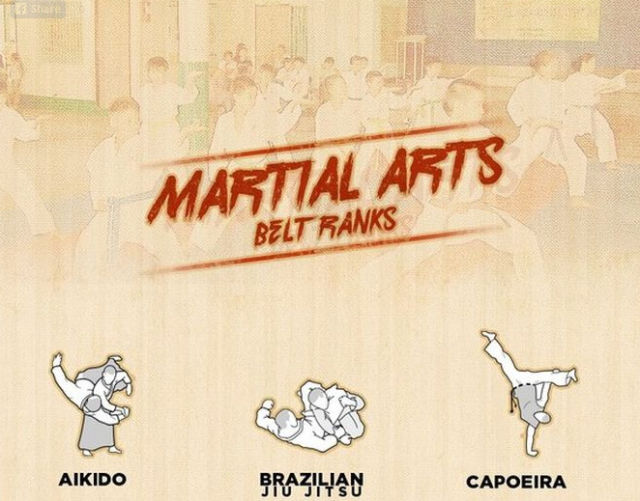Secret Differences Between Standard Martial Arts And Modern Fight Sports: An Extensive Evaluation
Secret Differences Between Standard Martial Arts And Modern Fight Sports: An Extensive Evaluation
Blog Article
Created By-McGinnis Snedker
When you consider martial arts, do you lean extra toward the traditional methods or the modern battle sports? Each course offers unique advantages and experiences, formed by their viewpoints and training methods. Traditional martial arts highlight personal development and technique, while modern battle sporting activities focus on competition and efficiency. Understanding these differences can lead you in selecting the ideal method for your journey. Yet how do what do you call someone who practices martial arts manifest in training and approach?
The Approach and Background Behind Standard Martial arts
While many people connect martial arts with physical fight, the viewpoint and background behind typical martial arts run much deeper. You'll find that these techniques highlight individual growth, technique, and regard.
Originating from https://www.independent.ie/regionals/kerry/news/karate-kids-rise-to-occasion-at-fifth-kerry-shotokan-championships/a1454384787.html , traditional martial arts were usually created for Self-Defense and spiritual growth. They embody principles such as balance, harmony, and self-constraint, directing professionals past mere battling skills.
As you educate, you'll not just find out strategies but also gain insights right into the culture and values that formed these arts. The routines and customs, frequently passed down through generations, foster a sense of neighborhood and belonging.
The Competitive Nature of Modern Battle Sports
Modern fight sporting activities have changed the landscape of martial arts into a highly competitive field, where professional athletes take on in a test of ability, strategy, and endurance.
You'll notice that competitions are frequently organized with stringent policies and laws, making certain fair game and safety and security. your input here draw in large target markets, sustaining the excitement and strength of matchups.
Professional athletes train carefully, not just for physical expertise yet also for psychological sturdiness, knowing that every detail counts in the ring. The adrenaline thrill throughout competitors is apparent, as competitors push their limitations to assert triumph.
Fans value the athleticism and artistry involved, making modern battle sports a thrilling spectacle that remains to progress and astound enthusiasts around the world.
Training Approaches and Methods: A Comparative Analysis
The competitive environment of modern-day battle sporting activities demands ingenious training approaches that vary significantly from typical martial arts.
In contemporary training, you'll focus on specific methods, sparring, and conditioning, frequently using drills that imitate genuine fight scenarios. You'll see a focus on measurable performance and frequent competitors to examine your abilities.
In contrast, conventional martial arts prioritize kinds, katas, and philosophical trainings, typically highlighting technique and respect over competitors.
Training is usually less extreme and might entail recurring method rather than real-time sparring.
While both methods construct ability and fitness, modern fight sports supply a much more dynamic and adaptable training setting, preparing you for instant obstacles in the ring or cage.
Select why did martial arts developed in asia that lines up with your objectives and interests.
Verdict
In picking in between traditional martial arts and contemporary battle sports, it truly comes down to what you value many. If you're searching for personal development, self-control, and a sense of community, conventional arts might be your finest fit. But if you flourish on competition and real-time difficulties, modern-day fight sporting activities could be the method to go. Inevitably, both courses offer one-of-a-kind benefits, so it's all about straightening your training with your personal goals and rate of interests.
